In the past three weeks, I had been helping Brendan both on research and making physical progress for the installation.
On the level of research, I was collecting information about fragmentation, glitch technology, screen tears, and virtual rendering of the reality. Fragmentation is the process or state of breaking or being broken into small or separate parts. In computing, it means the storing of a file in separate areas of memory scattered throughout a hard disk. The definition of fragmentation pushed my thinking towards an article I read, Deconstructing the Map written by J.B. Harley. In that the author argues for map being an instrument of sovereignty for those in power which reverses the conventional idea that map is a precise representation of the real world. Therefore, if maps are benefiting the powerful producer much more than the mass users, deconstructing the map will enable us to slice through the preconceived notion and make us examine every aspect of our relation to the world. In relation with Brendan’s show, I think he is deconstructing the preconceived representation of clouds in people’s minds.
Glitch is a problem that stops something from working properly or being successful. Screen tear is a sub category of glitch which means a sudden blur on screen that disconnects the image. Screen tears are most likely to occur in online video games. It is interesting that when I was searching for screen tears videos, there were only one person recorded the moment of that screen tear happening whereas the rest of the videos were tutorials on techniques to avoid screen tears. Personally I am not a game addict but I had experienced screen tears in watching movies. I find the moment of a screen tear in fact brings me back to reality and reminds me I had put myself into the protagonist’s position. In Brendan’s installation, glitch and screen tear will be included through the way that the sculpture is executed to reinforce on the “digital cloud” concept.
Virtual rendering of the reality refers to using computing programs to simulate the environment of the real world. Watching the scenes built with VR programs without the VR glass (or helmet) is a different experience as it is more like going on a tour but not being in the scene. Another issue that came up to me after watching VR videos is playing the same scene in the original program differs from playing in mp4. or mov. format because there seem to be delays occurring in the latter. Relating to Brendan’s installation, I think he is doing the opposite of virtual rendering: rendering the online clouds in reality.
Here are some related images of my research:
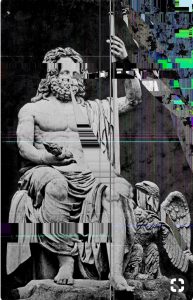
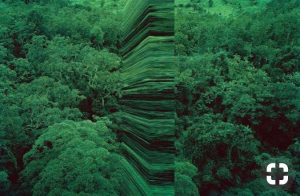
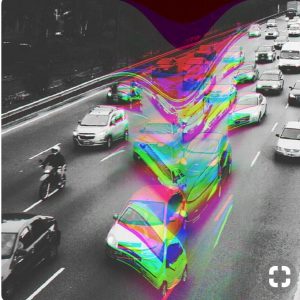
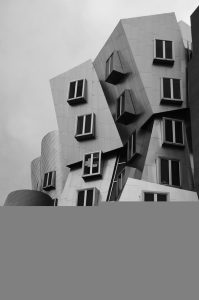
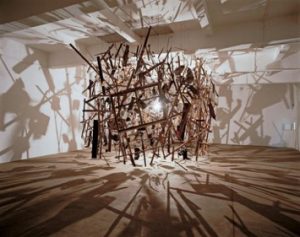
In the past weeks, Brendan had made a great start of the sculpture. I am glad to see how a professional artist process his work. What I had been doing is cutting, measuring the foam cores which will be used to make cubes. Those cubes will be floating around or put inside the cloud sculpture. Brendan had also given me a few spheres to do experiment on making the surface smoother. I tried to cover the spheres with nail polish top coat, clay facial mask, and acrylic paint. I would say the one with acrylic paint was the best of the three despite there were still some visible brush strokes. The nail polish top coat covered sphere looked nice as if it is covered in glass, but the problem was the coat wouldn’t try on the texture even though I blow tried and left it for few days. The sphere covered with clay facial mask was the least successful one. The mask did give the sphere a plaster covered look at first but when the mask dried completely the cover started to crack. One more job I had been doing was sanding the wood that will be used in building the sculpture’s structure. I think I will be continue sanding for next week as well.
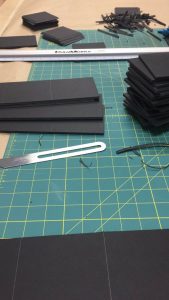 an image of the cutting, measuring of the foam cores
an image of the cutting, measuring of the foam cores